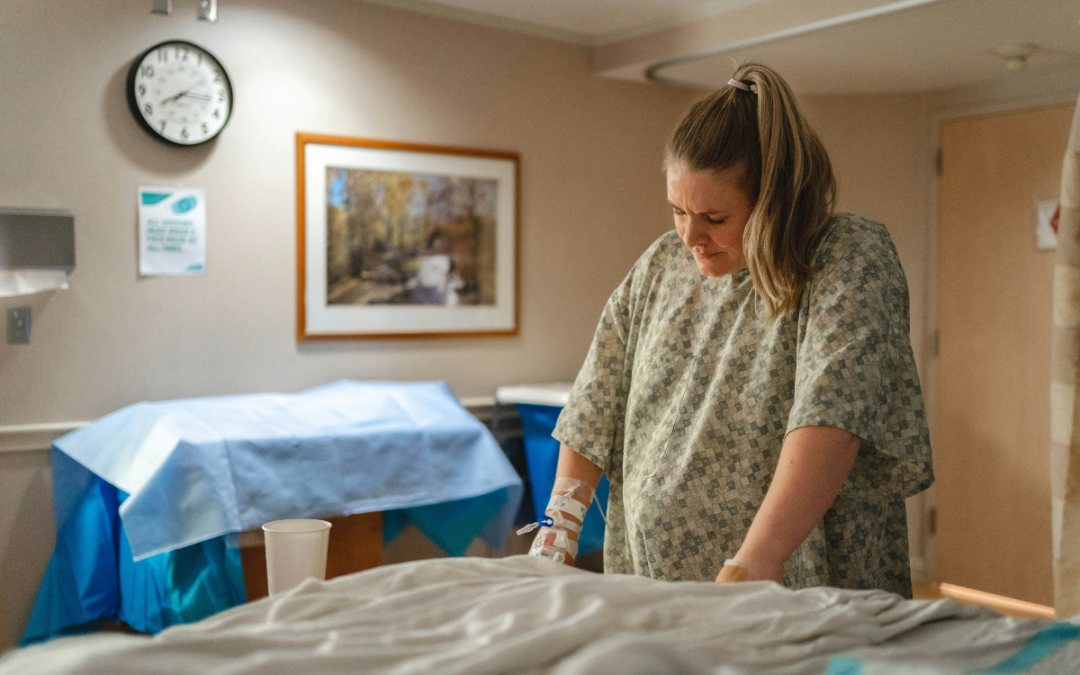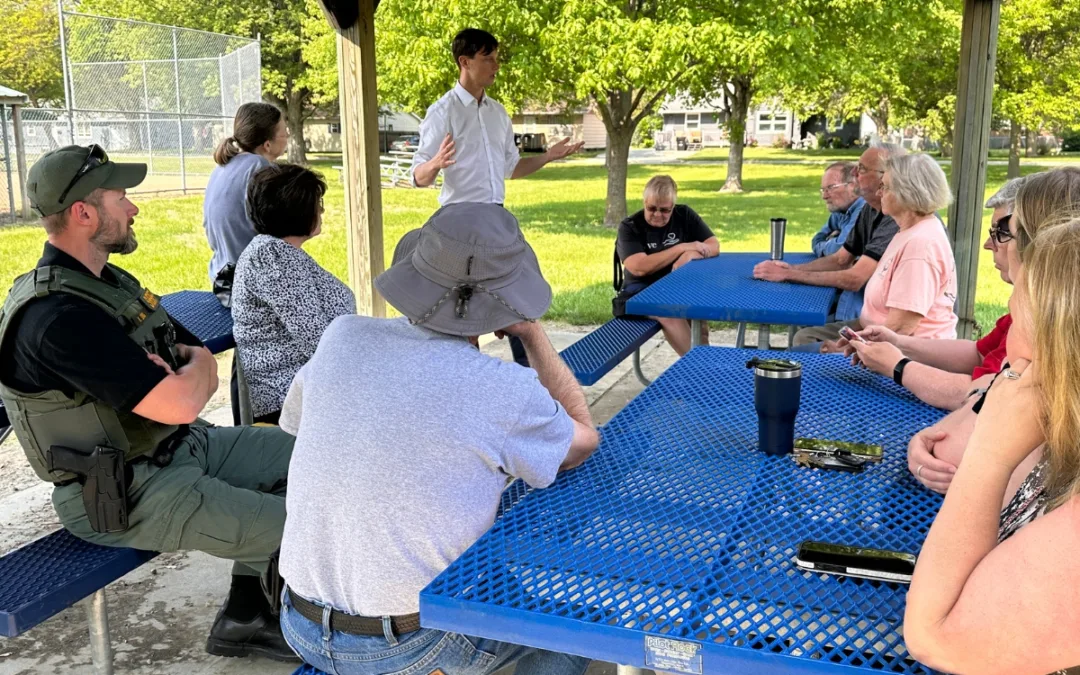
More often than not in Iowa, when it rains it pours.
And when it pours, more pollutants end up in Iowa’s waterways, which worsens water quality for everyone downstream. Thanks to climate change, that’s happening more and more often.
“Any event, even the small events on impermeable surfaces will wash whatever’s on those impermeable surfaces into the storm sewer,” said Rich Leopold, director of the Polk County Conservation board. “So road salts, oils, pollution, stuff like that comes in with any rain events into a water system.”
Outside of cities, when too much rain falls at once, the soil can’t absorb all of the water, leaving what’s left to flow directly into waterways.
[inline-ad id=”1″]
Adam Schnieders, the water quality resource coordinator for the Iowa Department of Natural Resources, said that after rain, water quality monitors can pick up on bigger loads of pollutants as the flow in rivers increases.
“The wetter it is, the more flow you see, and traditionally the loads correlate with that,” he said.
Schnieders said heavy rain raises the potential for more pollutants going directly to rivers and streams.
And the rates of heavy rainfall are increasing in Iowa and across the country, even with increased drought conditions.
Gene Takle, a professor of agricultural meteorology at Iowa State University in Ames, has warned about this issue for years and pointed out how it adversely affects Iowa’s agriculture and its rate of flooding.
“You start to get excess water moving down slope surfaces and carrying with it any nutrients and nitrogen and phosphates or soil particles,” he said in a 2018 Guardian article.
[inline-ad id=”2″]
There are also effects on recreation after rains. Waterways are replenished with rain, but too much at once can lead to flooding and changes to the stream bed, the path water flows along in the stream bed.
“You can change the character of an entire stream channel with one major rain event,” Leopold said. “You get a gully washer running through there at a gazillion miles an hour. It tends to deepen and widen the stream channel itself, which has long-term implications.”
Schnieders said there are a lot of strategies local governments can adopt to catch the rain and slow the water down.
“The things that collectively all the agency folks are working on is to try to do things to retain water, slow it down, clean it prior to it getting to our rivers and streams,” he said.
[inline-ad id=”3″]
Those strategies include classic options such as bioreactors, terraces, and cover crops. They also include methods such as rain gardens, which are small depressions in the ground with native shrubs, flowers, and perennials that catch water and runoff. The gardens also purify the water as it passes through.
Water engineering practices won’t always be able to stand up to the more intense rainfall though. Dams, water treatment plants, and other practices are built for certain amounts of water. In urban areas, flooding is often a concern because sewer systems aren’t built to handle so much water at once.
So the goal has to be to slow the water down and keep it from moving pollutants into waterways.
“If you can get water to soak in instead of running off the top, that helps tremendously,” Leopold said. “Any way you can get the water to infiltrate the ground, so where it actually soaks into the soil rather than running off the surface.”
by Nikoel Hytrek
10/28/21
[inline-ad id=”0″]
Politics

It’s official: Your boss has to give you time off to recover from childbirth or get an abortion
Originally published by The 19th In what could be a groundbreaking shift in American workplaces, most employees across the country will now have...

Trump says he’s pro-worker. His record says otherwise.
During his time on the campaign trail, Donald Trump has sought to refashion his record and image as being a pro-worker candidate—one that wants to...
Local News

No more Kum & Go? New owner Maverik of Utah retiring famous brand
Will Kum & Go have come and gone by next year? One new report claims that's the plan by the store's new owners. The Iowa-based convenience store...

Here’s a recap of the biggest headlines Iowa celebs made In 2023
For these famous Iowans, 2023 was a year of controversy, career highlights, and full-circle moments. Here’s how 2023 went for the following Iowans:...





